Understanding Check Sheets In 7 QC Tools
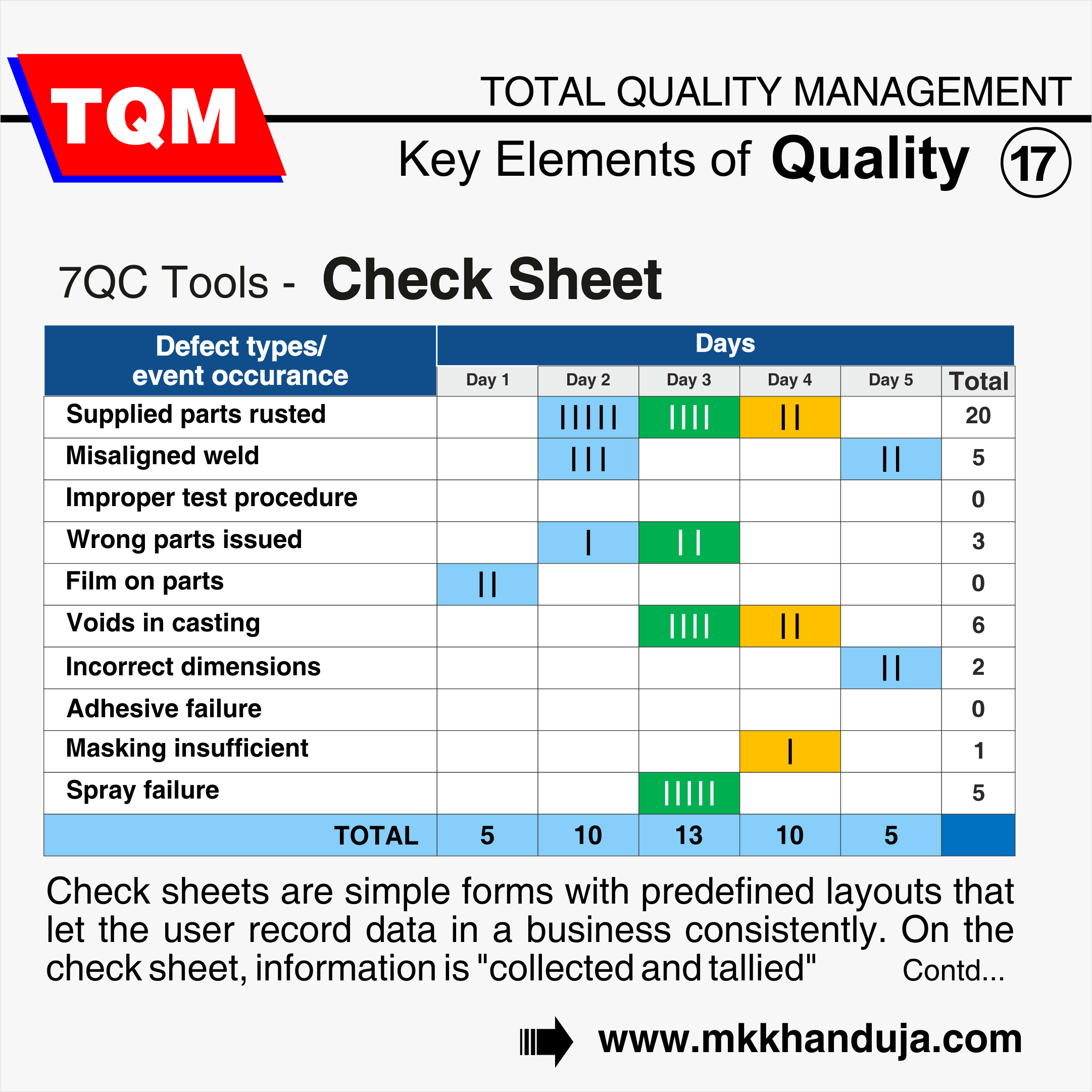
Check sheets are simple forms with predefined
layouts that let the user record data in a business consistently. On the check
sheet, information is "collected and tallied" to note how frequently
particular occurrences occurred during the course of the data-collecting
period. They create a "consistent, efficient, and cost-effective
strategy" that can be used in quality assurance auditing for reviewing and
carrying out certain processes. Additionally, a check sheet assist the user in
organizing the data for subsequent use. It can collect qualitative and
quantitative data also.
A well - and carefully-designed checklist is
easy to use. Data generated are easy to interpret. Trends and patterns are
easier to spot because data are recorded and compiled systematically and
comprehensively.
Types of Check Sheet
- Defect Location Check Sheets
- Process Performance
- Defect Item
- Task Conformation
- Defect Cause
When To Use A Check Sheet?
- Record facts
- Determine how frequently a particular event occurs within a certain time
- Ensuring that data recording is accurate
- Incase data to be reused
Benefits of Using A Check Sheet
- We can make data gathering simple effective and easy.
- Useful for real time data collection
- Used to confirm the physical presence of defects and defectives.
- We can save time and easily collect data in a manufacturing process.
- It is used for monitoring process performance.
- Used to provide a base for future reference.
- Used to give input data to other tools. (Pareto, Histogram, Bar Chart)
- We can use a checklist for different purpose like checking tracking etc.
- It is also very useful for traceability.

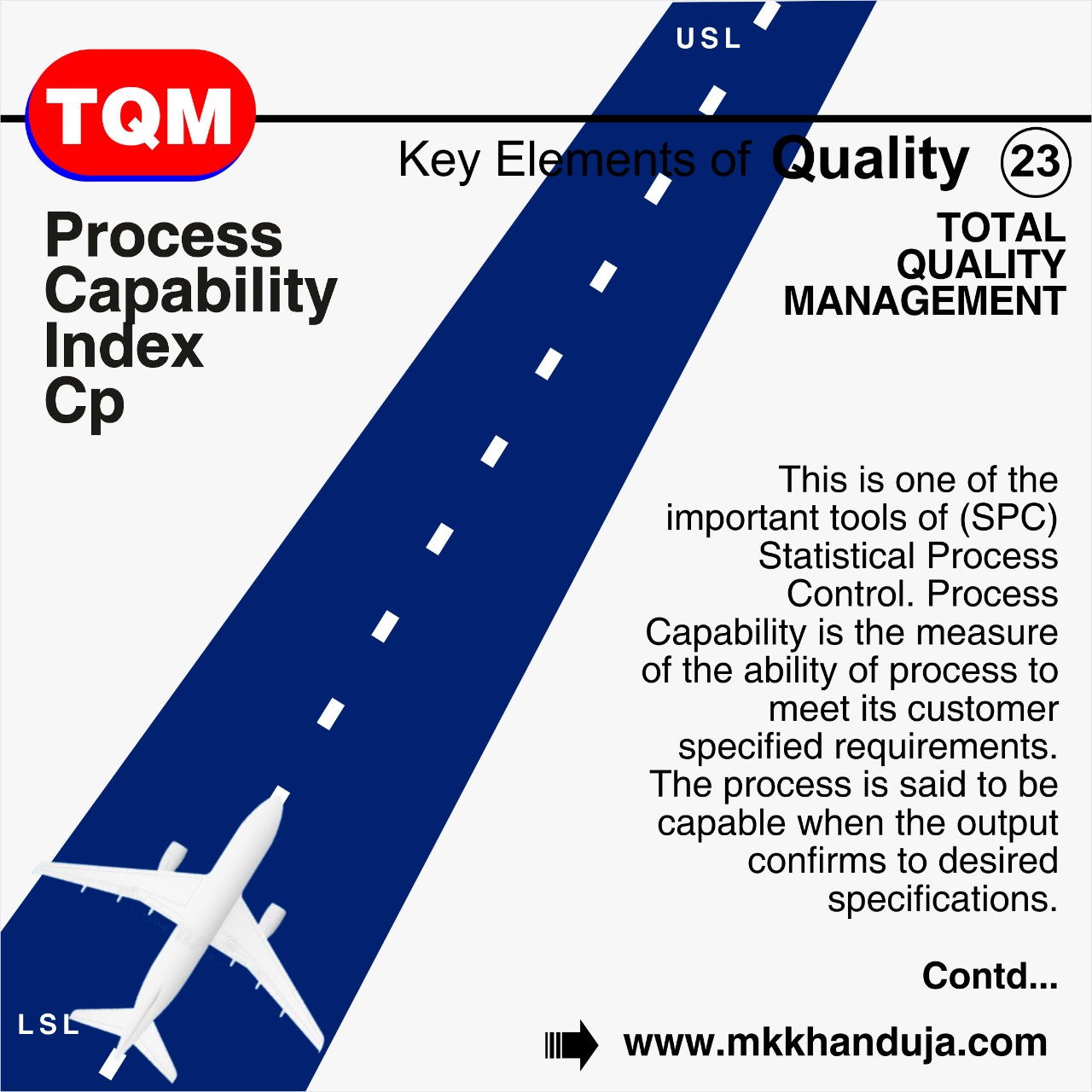
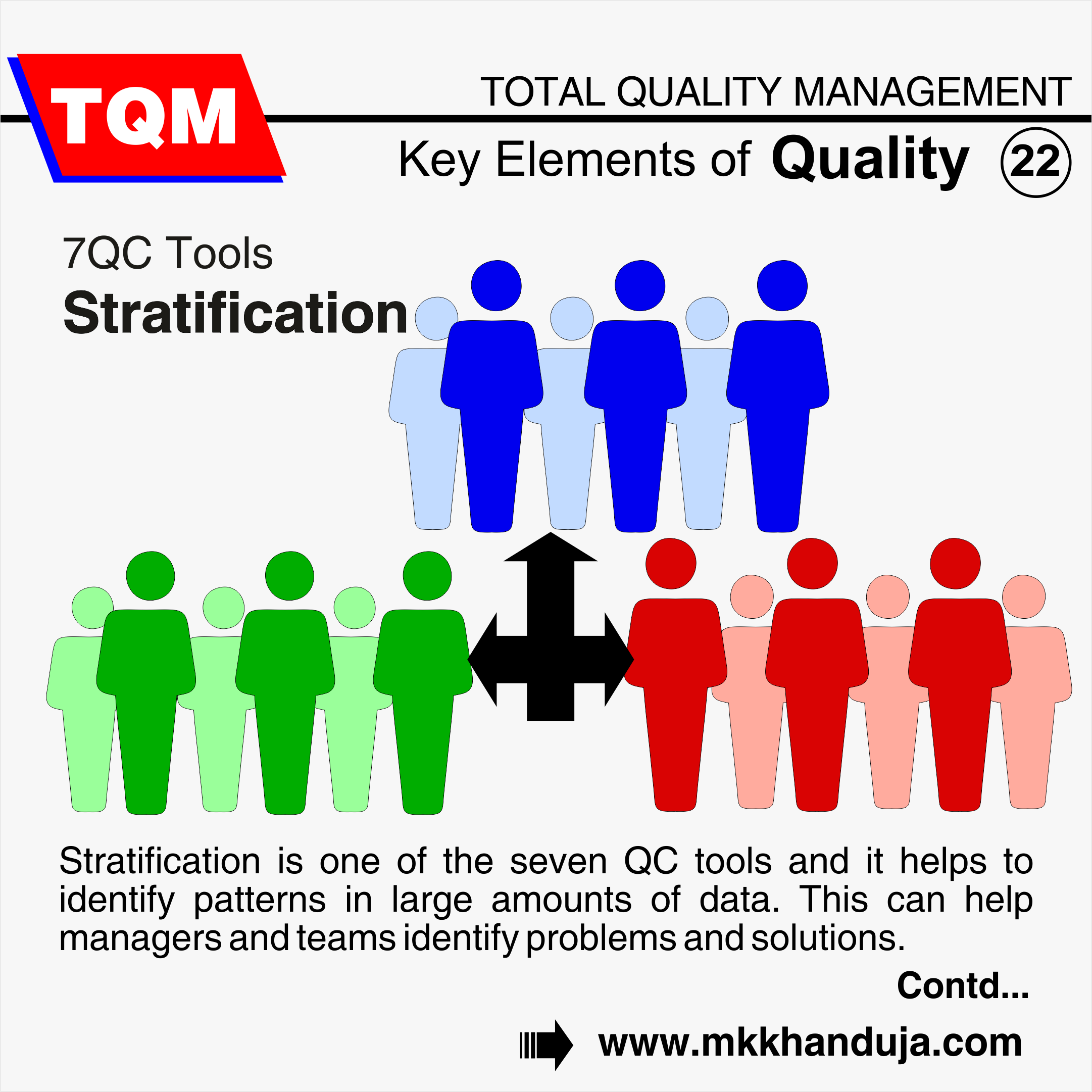
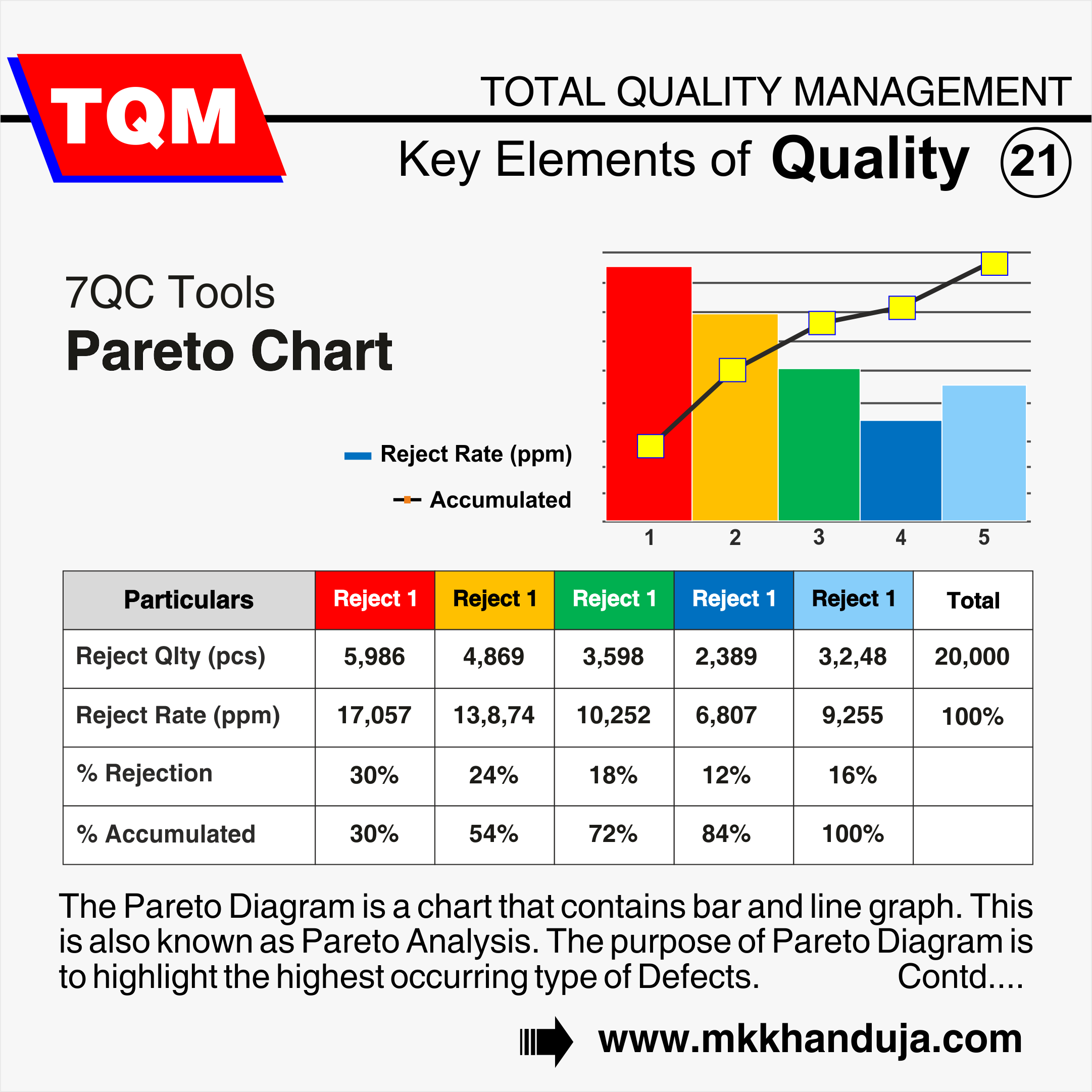
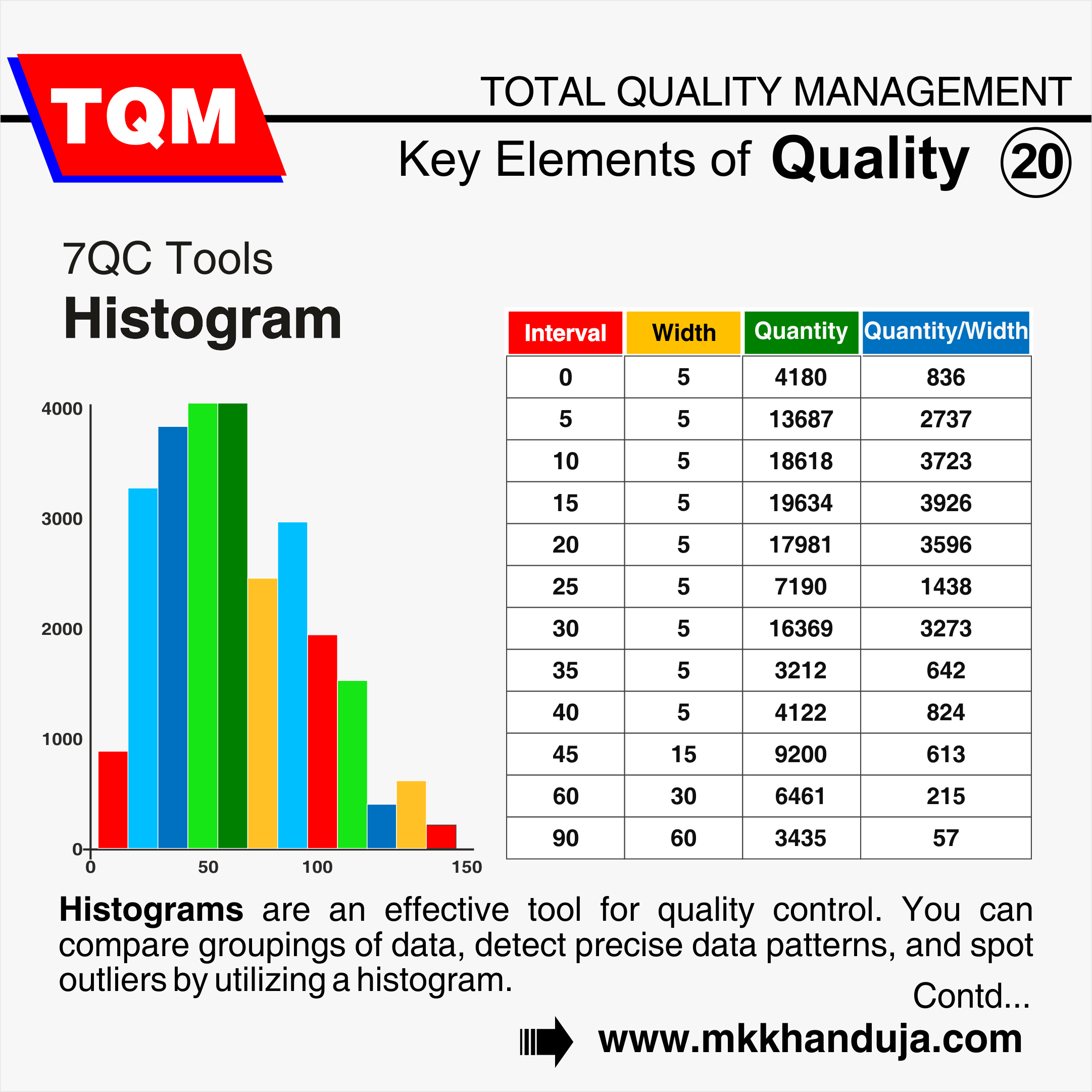
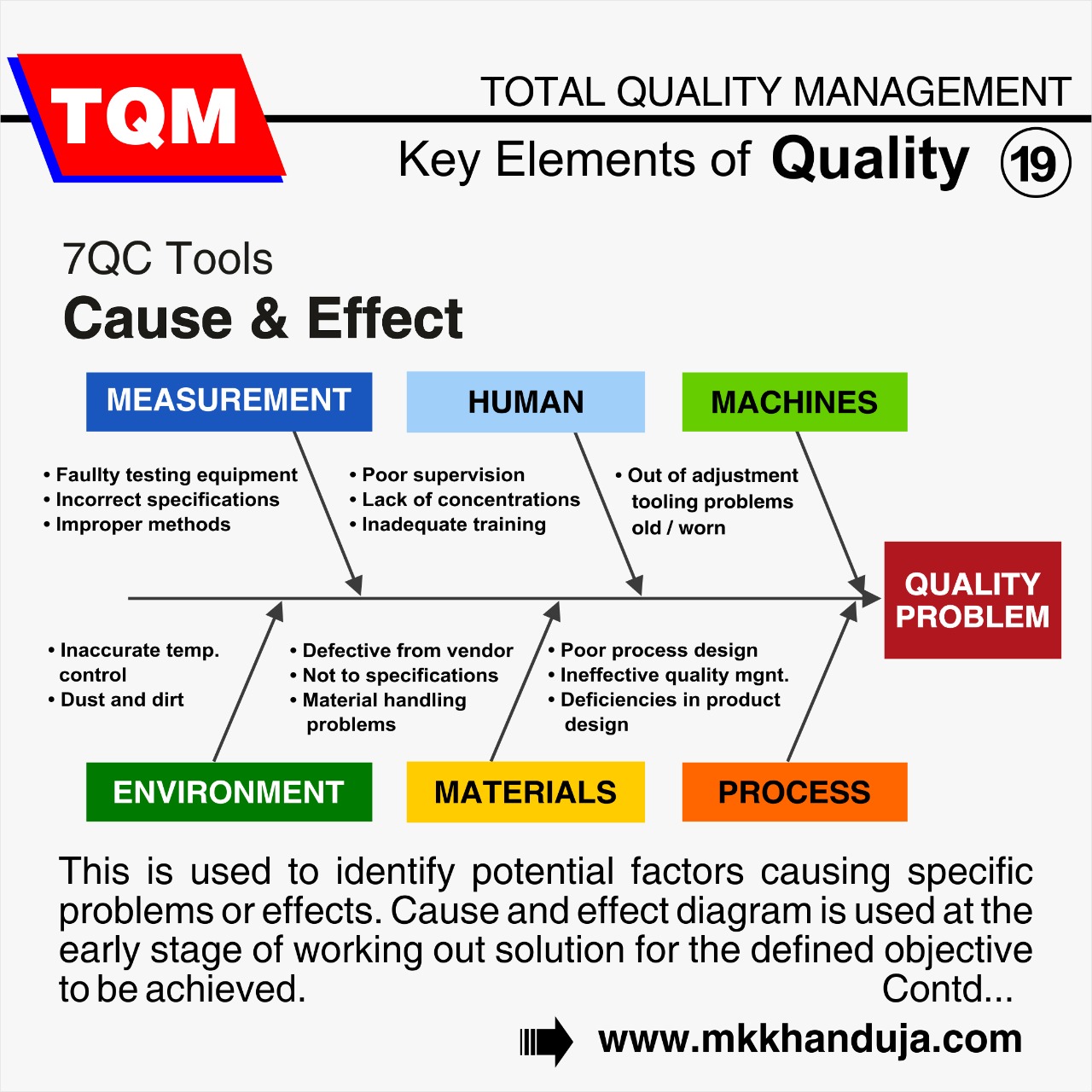
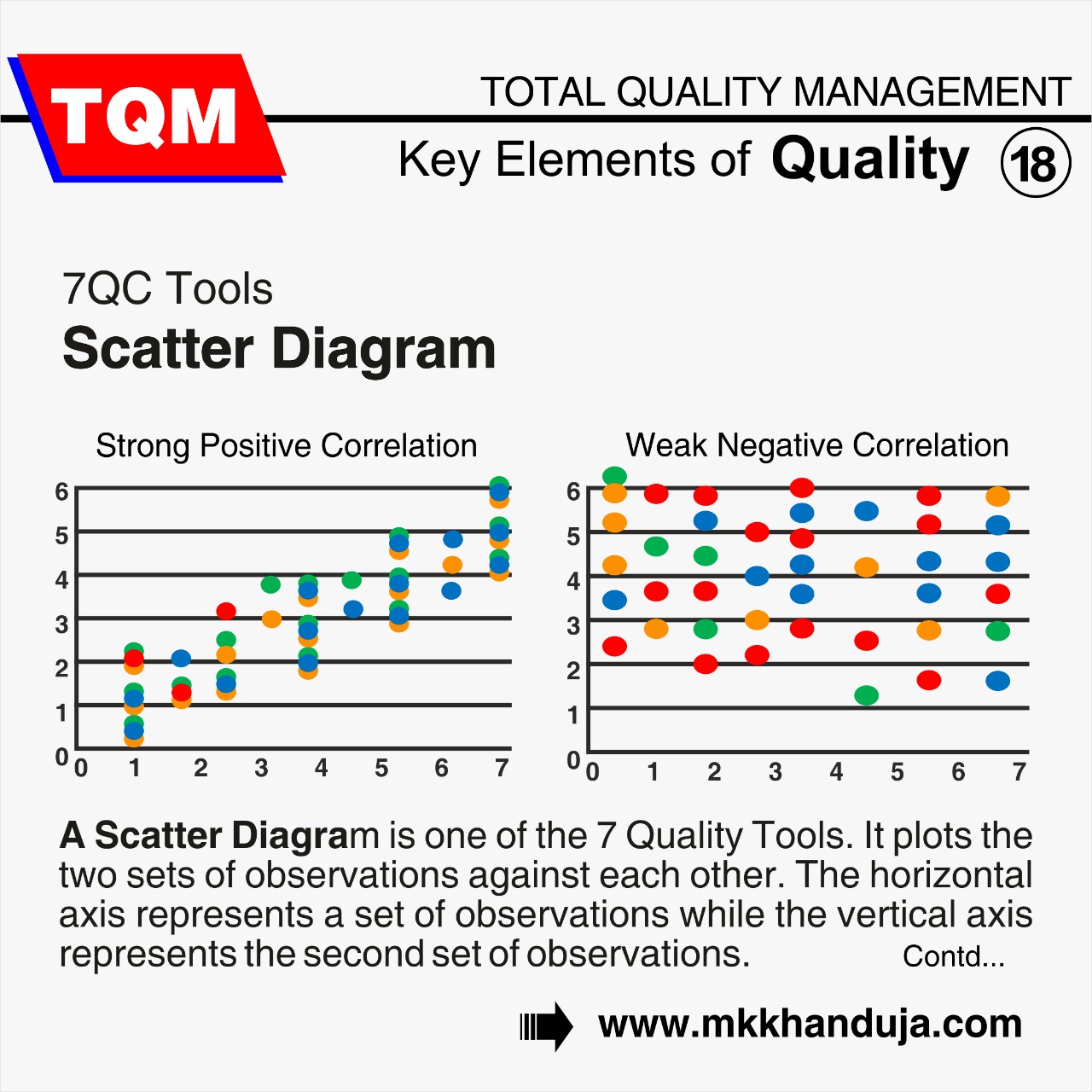
Comments